Home>Garden Essentials>How Long For Fescue Grass Seed To Germinate
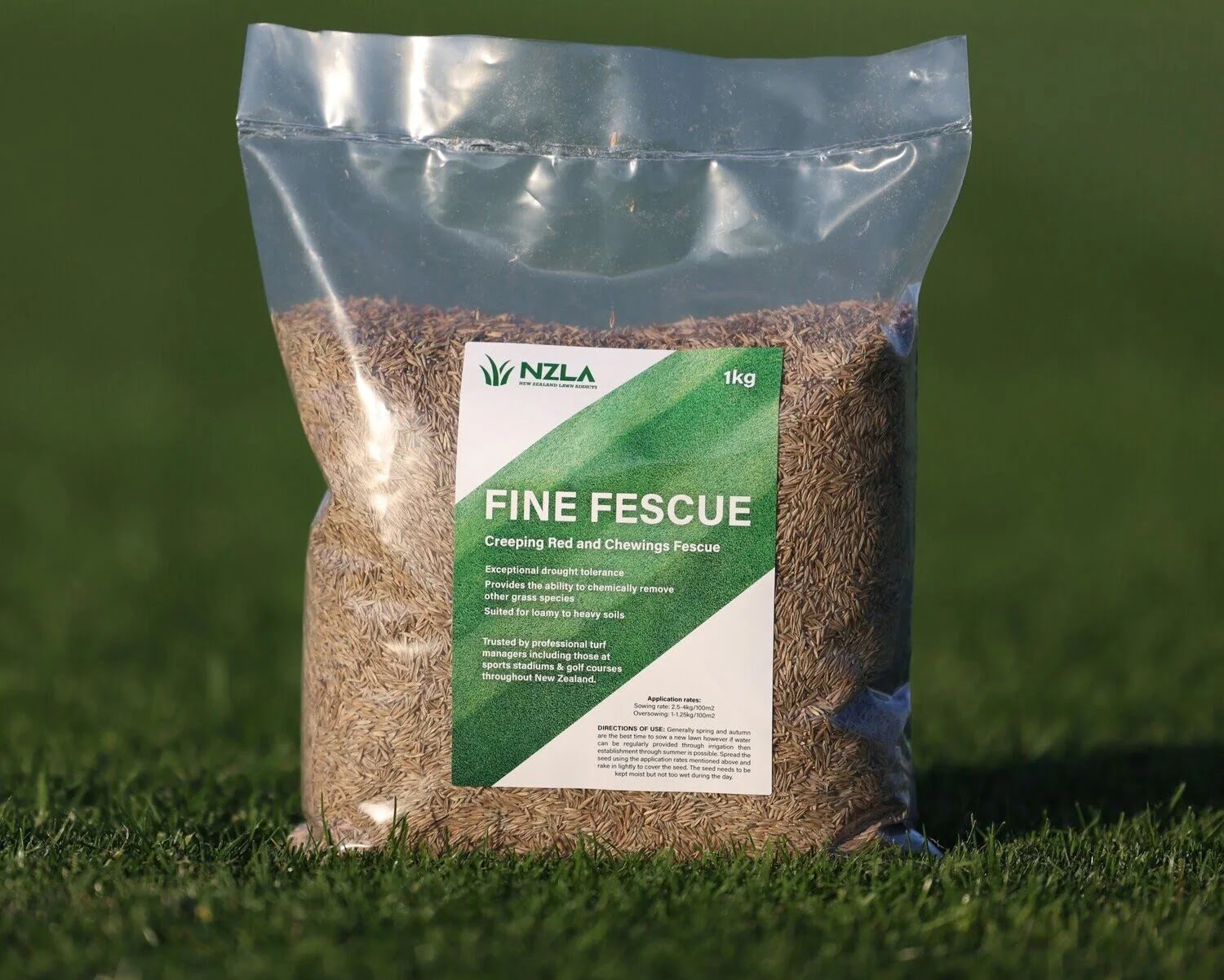

Garden Essentials
How Long For Fescue Grass Seed To Germinate
Modified: March 24, 2024
Learn how long it takes for fescue grass seed to germinate in your garden. Discover tips for successful growth and maintenance of fescue grass.
(Many of the links in this article redirect to a specific reviewed product. Your purchase of these products through affiliate links helps to generate commission for Storables.com, at no extra cost. Learn more)
Introduction
Gardening enthusiasts and homeowners often turn to fescue grass when looking to cultivate a lush and verdant lawn. Fescue grass, known for its hardiness and ability to withstand varying weather conditions, is a popular choice for both residential and commercial landscapes.
One of the key aspects to consider when growing fescue grass is its germination time. Germination time refers to the period it takes for the fescue grass seeds to sprout and establish themselves in the soil, eventually leading to the growth of a healthy and vibrant lawn. Understanding the factors that influence germination time and providing optimal conditions can help ensure the success of your fescue grass seeding project.
In this article, we will delve into the various factors that affect the germination time of fescue grass seeds, discuss the ideal conditions for germination, provide a timeline for the germination process, offer tips for ensuring successful germination, and address common germination issues and troubleshooting measures.
So, if you’re ready to dive into the world of fescue grass germination, grab your gardening gloves and let’s get started!
Key Takeaways:
- Fescue grass seeds need the right temperature, moisture, and soil quality to sprout. By preparing the soil, watering consistently, and protecting from pests, you can help them grow into a lush lawn.
- During fescue grass seed germination, watch out for issues like poor growth and weed competition. Troubleshoot by using high-quality seeds, consistent watering, and preventing pest damage for a successful lawn.
Read more: How Long For Sheep Fescue To Germinate
Factors Affecting Germination Time
The germination time of fescue grass seeds can be influenced by various factors. By understanding these factors, you can make informed decisions and create the optimal conditions for successful germination. Here are some key factors to consider:
- Temperature: Temperature plays a crucial role in the germination process. Fescue grass seeds typically germinate best when the soil temperature is between 60°F and 75°F (15°C and 24°C). Lower temperatures can slow down germination, while higher temperatures can inhibit it. It’s important to monitor the weather and choose the appropriate time for seeding based on temperature conditions.
- Moisture: Adequate moisture is essential for seed germination. Fescue grass seeds require consistent moisture to initiate and sustain germination. Dry or compacted soil can impede germination, so ensure that the soil is sufficiently moist but not waterlogged. Regular watering during the germination period is crucial to keep the seeds hydrated.
- Light: While some seeds require exposure to light for germination, fescue grass seeds are unique in that they prefer darkness during germination. Light can actually inhibit the germination of fescue grass seeds. Therefore, it’s important to ensure that the seeds are covered sufficiently with soil for successful germination.
- Soil Quality: The quality of the soil plays a pivotal role in germination. Fescue grass seeds prefer loamy or sandy soil that is well-draining. Compacted or heavy clay soil can hinder germination and root development. Before seeding, it’s beneficial to prepare the soil by removing any debris, loosening it with a rake, and amending it with compost or organic matter to improve its texture and nutrient content.
- Seed Quality: The quality of the fescue grass seed itself can impact germination time. It is essential to choose high-quality seeds from a reputable source to increase the chances of successful germination. Fresh seeds with high germination rates will have a shorter germination time compared to older or low-quality seeds.
- Competition: The presence of weeds or other grass species can compete with fescue grass seeds for resources, such as nutrients, water, and sunlight. It is important to remove any existing weeds and prevent weed growth during the germination process. This can be done through manual removal, using herbicides labeled safe for fescue grass, or employing techniques like mulching to suppress weed growth.
Considering these factors when planning and preparing for fescue grass seed germination will greatly increase the likelihood of successful establishment and a healthy, vibrant lawn. Next, let’s explore the ideal conditions necessary for fescue grass seed germination.
Ideal Germination Conditions
To ensure successful germination of your fescue grass seeds, it’s crucial to create the ideal conditions necessary for their growth. Here are some key factors to consider when providing optimal germination conditions:
- Soil Preparation: Before seeding, it’s important to prepare the soil properly. Begin by removing any debris, rocks, or existing vegetation from the area. Use a garden rake or tiller to loosen the soil to a depth of about 4-6 inches (10-15 cm). This loosening of the soil will help improve root penetration and water absorption.
- Fertilization: Fescue grass seeds benefit from a nutrient-rich environment. Prior to seeding, apply a slow-release, nitrogen-rich fertilizer to the soil. This will provide the necessary nutrients for seedling development and establish a strong root system. Follow the manufacturer’s instructions for proper application rates and timing.
- Seeding Rate: Achieving the right seeding rate is crucial for optimal germination. Too few seeds will result in patchy areas, while excessive seeding can lead to overcrowding and competition for resources. Follow the recommended seeding rate for fescue grass, which is typically around 5-7 pounds per 1000 square feet (2.3-3.2 kg per 93 square meters).
- Seed Placement: Fescue grass seeds should be placed at a depth of about ¼ to ½ inch (0.6-1.3 cm) in the soil. Use a spreader or broadcast by hand to evenly distribute the seeds across the prepared area. After spreading, gently rake the soil or use a roller to ensure good seed-to-soil contact.
- Watering: Adequate moisture is essential for seed germination. After seeding, thoroughly water the area to moisten the soil to a depth of at least 4-6 inches (10-15 cm). Keep the soil consistently moist but not waterlogged during the germination period. Water lightly multiple times a day or use a sprinkler system to maintain moisture levels.
- Protection: To protect the newly seeded area from drying out or being disturbed by birds or other animals, cover it with a thin layer of straw or a germination blanket. This will help retain moisture and provide some shade to the seeds, creating a favorable microclimate for germination.
- Monitoring and Maintenance: Regular monitoring is important to ensure that the seeds are germinating and the young seedlings are developing properly. Keep an eye on moisture levels, protect the area from foot traffic, and address any weed issues that may arise. Follow a consistent watering schedule and avoid excessive or inconsistent watering.
By following these guidelines and providing the ideal germination conditions, you can set your fescue grass seeds up for success. Now, let’s take a look at the typical timeline for fescue grass seed germination.
Germination Timeline of Fescue Grass Seed
Understanding the timeline for fescue grass seed germination can help you manage your expectations and ensure that you provide the necessary care during each stage of the process. While individual factors and environmental conditions can influence the exact timing, here is a general timeline for fescue grass seed germination:
- Days 1-7: During the first week, the fescue grass seeds will absorb water and swell. This process is known as imbibition. The seeds will start to undergo metabolic changes in preparation for germination.
- Days 7-14: In the second week, you may start to see the first signs of germination. Tiny root hairs will emerge from the seeds and begin to burrow into the soil. The root system will develop, anchoring the seedling in place and enabling it to absorb water and nutrients.
- Days 14-21: By the third week, the fescue grass seedling will continue to grow. You may notice the emergence of the first set of true leaves above the soil surface. These leaves will resemble the mature fescue grass blades, although they may appear smaller and thinner initially.
- Days 21-28: In the fourth week, the fescue grass seedlings will continue to strengthen and establish themselves. The root system will become more extensive, allowing the seedlings to absorb water and nutrients more efficiently. The second and possibly third set of true leaves will also start to develop.
- Week 5 onwards: As the fescue grass seedlings continue to mature, they will exhibit more vigorous growth. The root system will deepen, providing better stability and access to water deeper in the soil. Leaf growth will increase, and the young plants will start to resemble the mature fescue grass blades more closely.
It’s important to note that this germination timeline is a general guideline and can vary based on factors such as temperature, moisture, and soil conditions. Some seeds may germinate and establish faster, while others may take slightly longer. Patience and consistent care are key during the germination process.
Now that we have an understanding of the germination timeline, let’s explore some tips to ensure successful germination of your fescue grass seeds.
Fescue grass seed typically takes 7-14 days to germinate. Keep the soil consistently moist and avoid walking on the area to help the seeds grow.
Tips for Ensuring Successful Germination
Germinating fescue grass seeds can be a rewarding but delicate process. To ensure the success of your germination efforts and establish a healthy lawn, consider the following tips:
- Select high-quality seeds: Choose fresh, high-quality fescue grass seeds from a reputable supplier. This will increase the chances of successful germination and healthy growth.
- Timing is key: Seed your fescue grass at the appropriate time. It is generally recommended to seed in early fall or early spring, when temperatures and moisture levels are more favorable for germination.
- Prepare the soil: Invest time in preparing the soil properly. Remove any debris or existing vegetation, and loosen the soil to ensure good seed-to-soil contact. Amend the soil with organic matter if necessary to improve its fertility and drainage.
- Proper seed depth: Plant the fescue grass seeds at the recommended depth of about ¼ to ½ inch (0.6-1.3 cm) in the soil. This will provide the seeds with adequate moisture and protection without inhibiting their ability to sprout.
- Water consistently: Keep the soil consistently moist during the germination period. Water lightly multiple times a day or use a sprinkler system to ensure the seeds do not dry out. Avoid overwatering, as this can lead to fungal diseases or seed rot.
- Protect from foot traffic: Avoid walking or putting any weight on the newly seeded area during germination. This can disrupt the seedlings and hinder their growth. Consider setting up barriers or signs to prevent accidental damage.
- Avoid weed competition: Control weeds in the seeded area to prevent competition for resources. Remove any existing weeds before seeding, and apply an appropriate pre-emergent herbicide labeled safe for fescue grass to prevent weed growth.
- Monitor and adjust: Regularly monitor the seeded area for signs of growth and adjust your watering and care practices as needed. Be mindful of any changes in weather conditions and adjust irrigation accordingly.
- Mow carefully: Once the fescue grass seedlings have reached a height of about 3 inches (7.6 cm), you can start mowing. Set your mower to a higher cutting height initially and gradually lower it as the grass becomes established.
- Patiently nurture: Finally, be patient and nurturing throughout the germination process. It may take a few weeks for the seeds to sprout and establish. Provide consistent care, and with time, you will be rewarded with a beautiful, healthy fescue grass lawn.
Implementing these tips will greatly increase your chances of successful germination and establishment of fescue grass. However, even with the best care, issues can still arise during germination. Let’s address some common germination issues and how to troubleshoot them.
Read more: How Long Does It Take Fescue To Germinate
Common Germination Issues and Troubleshooting
While germinating fescue grass seeds, you may encounter some common issues that can hinder the germination process. Here are a few of these issues and some troubleshooting tips:
- Poor germination: If you notice that only a small percentage of the seeds have germinated, it could be due to low-quality seeds, improper soil conditions, or inadequate moisture. To address this, ensure that you are using high-quality seeds and that the soil is properly prepared and consistently moist.
- Uneven growth: Uneven growth can occur due to inconsistent watering, uneven seed distribution, or variations in soil conditions. To address this, strive for consistent watering, make sure to seed evenly, and prepare the soil uniformly before seeding.
- Weed competition: Weeds can compete with fescue grass seeds for nutrients, water, and sunlight. To prevent weed competition, remove any existing weeds before seeding, apply a pre-emergent herbicide labeled safe for fescue grass, and consider using mulch to inhibit weed growth.
- Pest damage: Pests like birds, squirrels, or insects may disturb or consume the seeds, seedlings, or newly sprouted grass. To deter animals, consider covering the seeded area with bird netting or scare devices. For insect pests, use appropriate insecticides according to the label instructions.
- Disease susceptibility: Fescue grass seeds can be susceptible to diseases, especially if they are not properly cared for. To prevent diseases, ensure proper watering techniques and avoid overwatering, as excessive moisture can create favorable conditions for fungal diseases. Additionally, remove any dead or diseased grass promptly.
- Environmental factors: Extreme weather conditions, such as excessive heat or heavy rainfall, can impact germination. If facing such conditions, providing temporary shade or covering the seeded area with a germination blanket can help protect the seeds and seedlings. Adequate watering should also be maintained, considering the impact of weather on moisture levels.
If you encounter any of these issues during the germination process, don’t worry. By troubleshooting and addressing the underlying causes, you can overcome these challenges and ensure successful germination of your fescue grass seeds.
Now that we have covered common germination issues and troubleshooting tips, let’s conclude our article.
Conclusion
Fescue grass seed germination is a crucial and exciting process when it comes to establishing a beautiful and thriving lawn. By understanding the factors that affect germination time and providing the ideal conditions, you can set the stage for successful growth and ensure the long-term health of your fescue grass.
Factors such as temperature, moisture, light, soil quality, seed quality, and competition can all impact the germination time of fescue grass seeds. By paying attention to these factors and making the necessary adjustments, you can enhance the germination process.
Creating the ideal germination conditions involves proper soil preparation, adequate watering, protection from disturbances, and timely monitoring. By following these guidelines, you increase the likelihood of successful germination and the establishment of a vibrant fescue grass lawn.
However, it’s important to be aware of common germination issues that may arise, such as poor germination, uneven growth, weed competition, pest damage, disease susceptibility, and the impact of environmental factors. By troubleshooting these issues and taking appropriate measures, you can overcome challenges and ensure the success of your fescue grass seed germination project.
So, whether you’re a gardening enthusiast or a homeowner looking to transform your outdoor space, following these guidelines and principles will help you achieve a thriving and beautiful fescue grass lawn. With patience, care, and a little bit of nurturing, you can enjoy the lush and green results of your fescue grass seed germination efforts for years to come.
Happy seeding and may your fescue grass flourish!
Frequently Asked Questions about How Long For Fescue Grass Seed To Germinate
Was this page helpful?
At Storables.com, we guarantee accurate and reliable information. Our content, validated by Expert Board Contributors, is crafted following stringent Editorial Policies. We're committed to providing you with well-researched, expert-backed insights for all your informational needs.
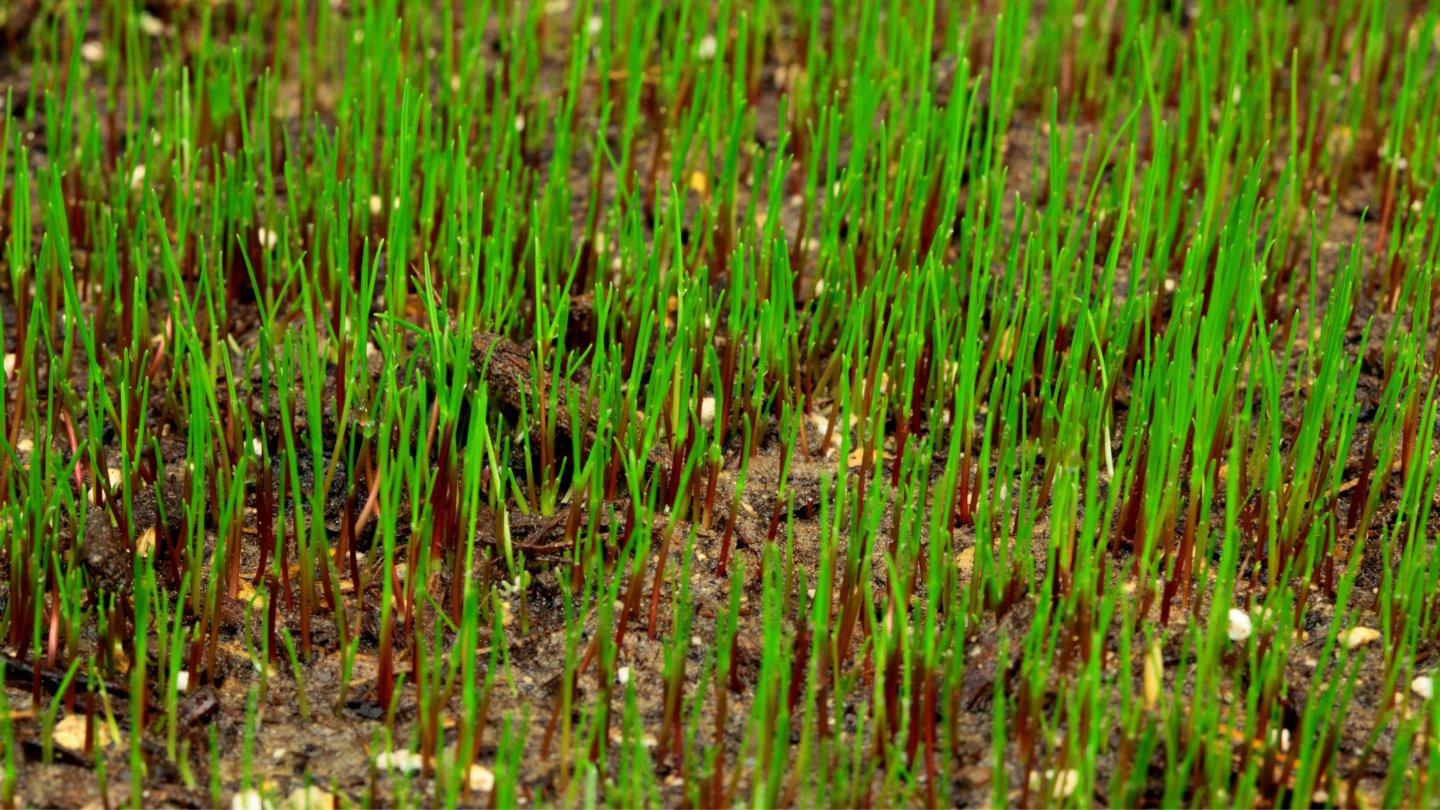
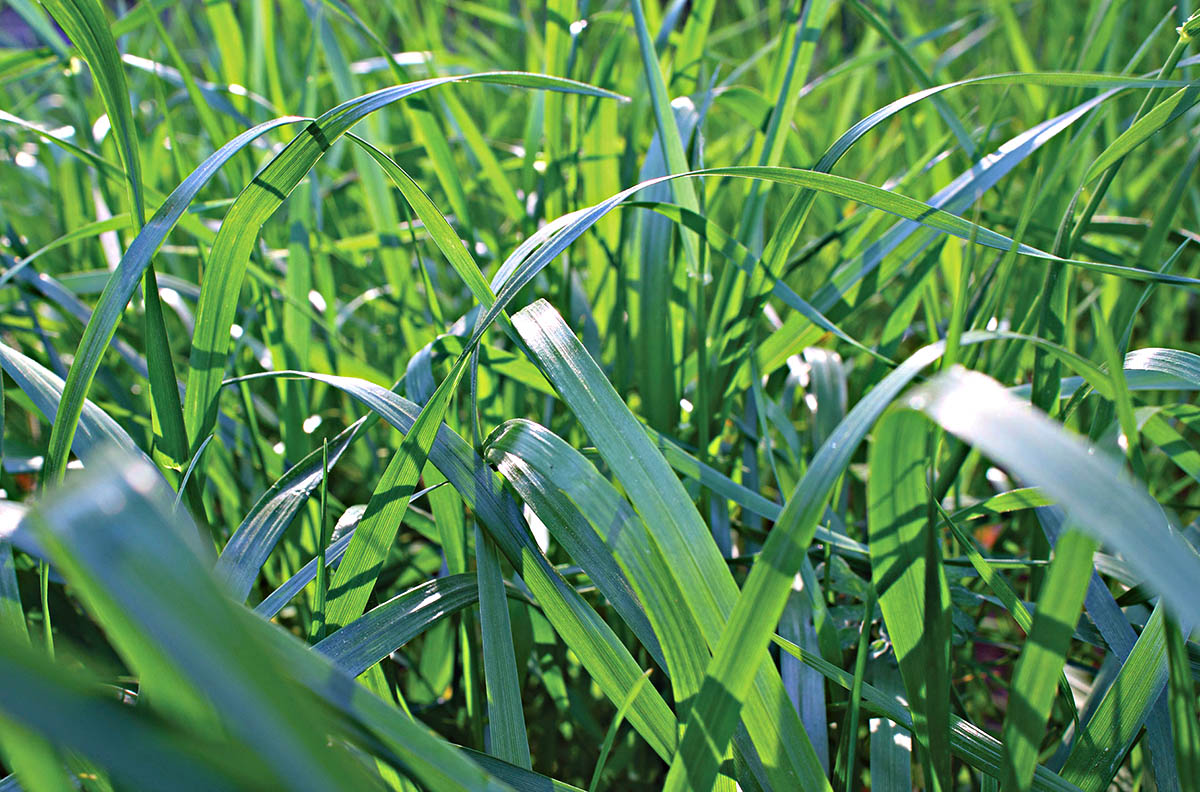
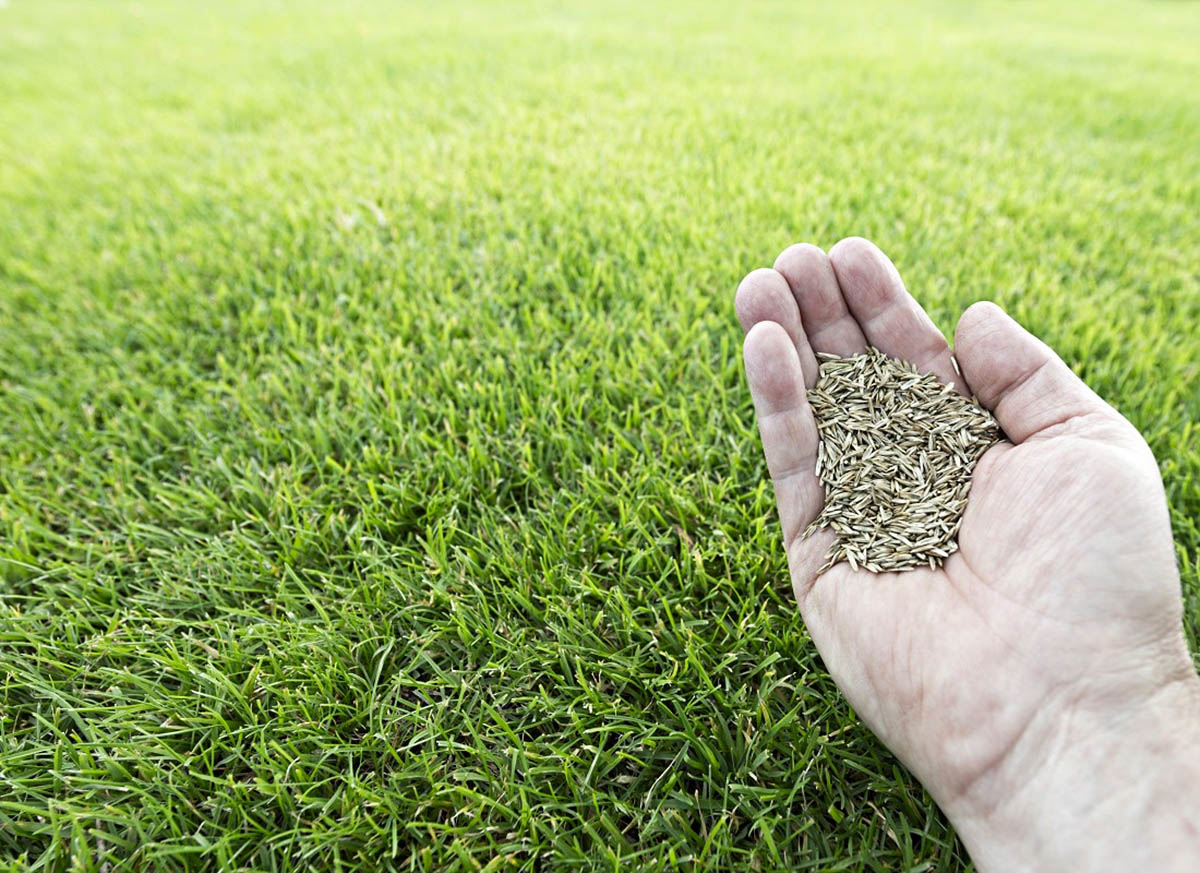
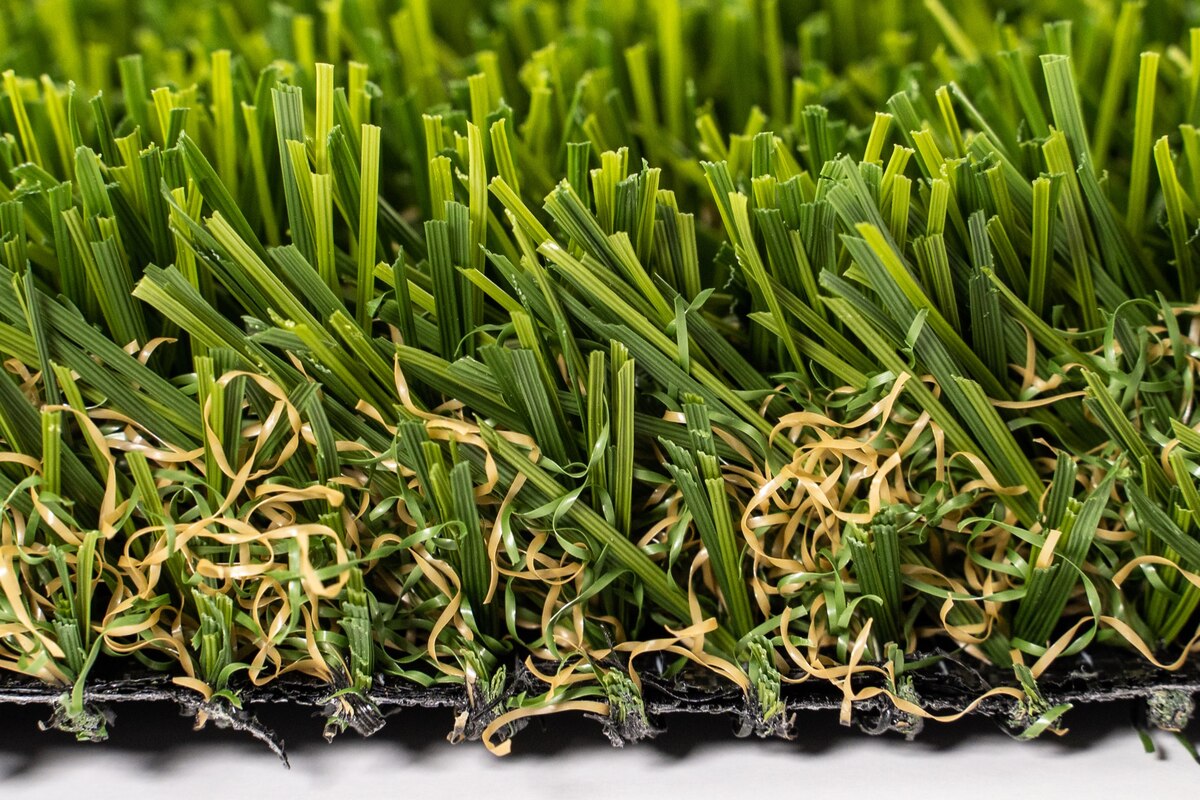
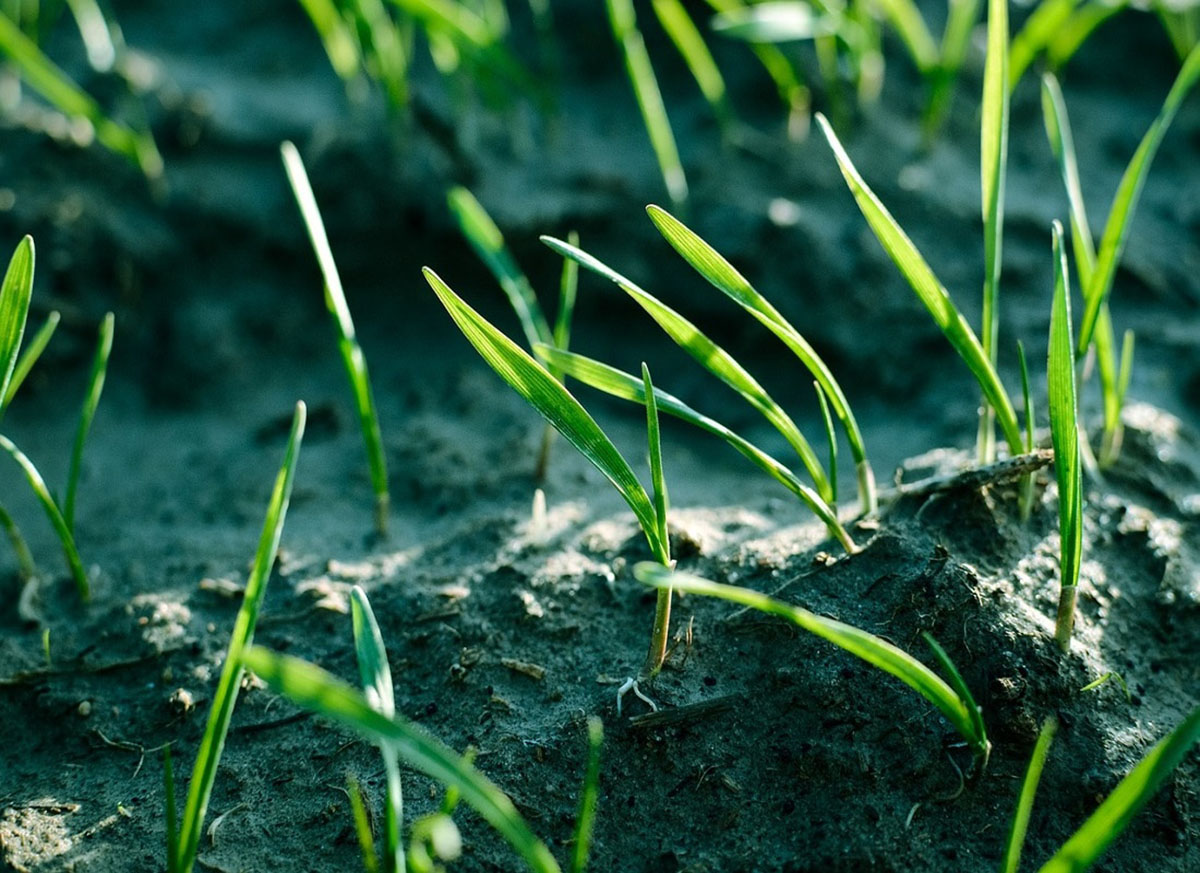
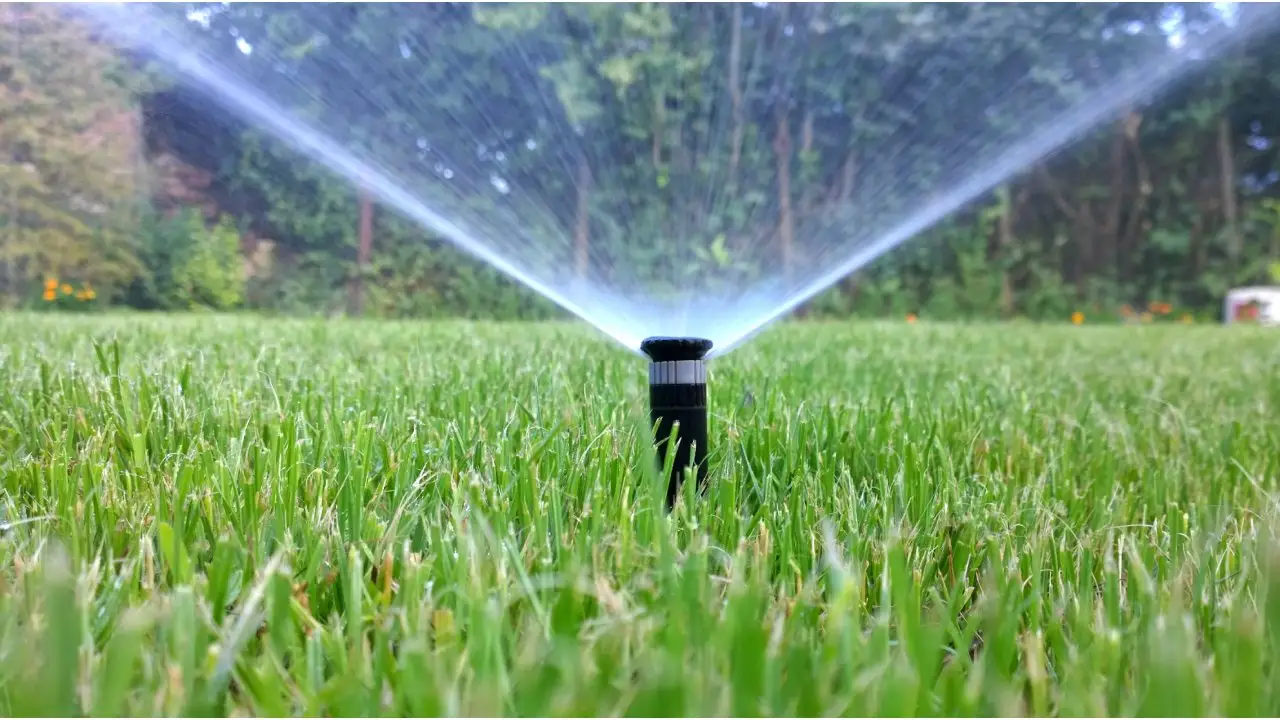
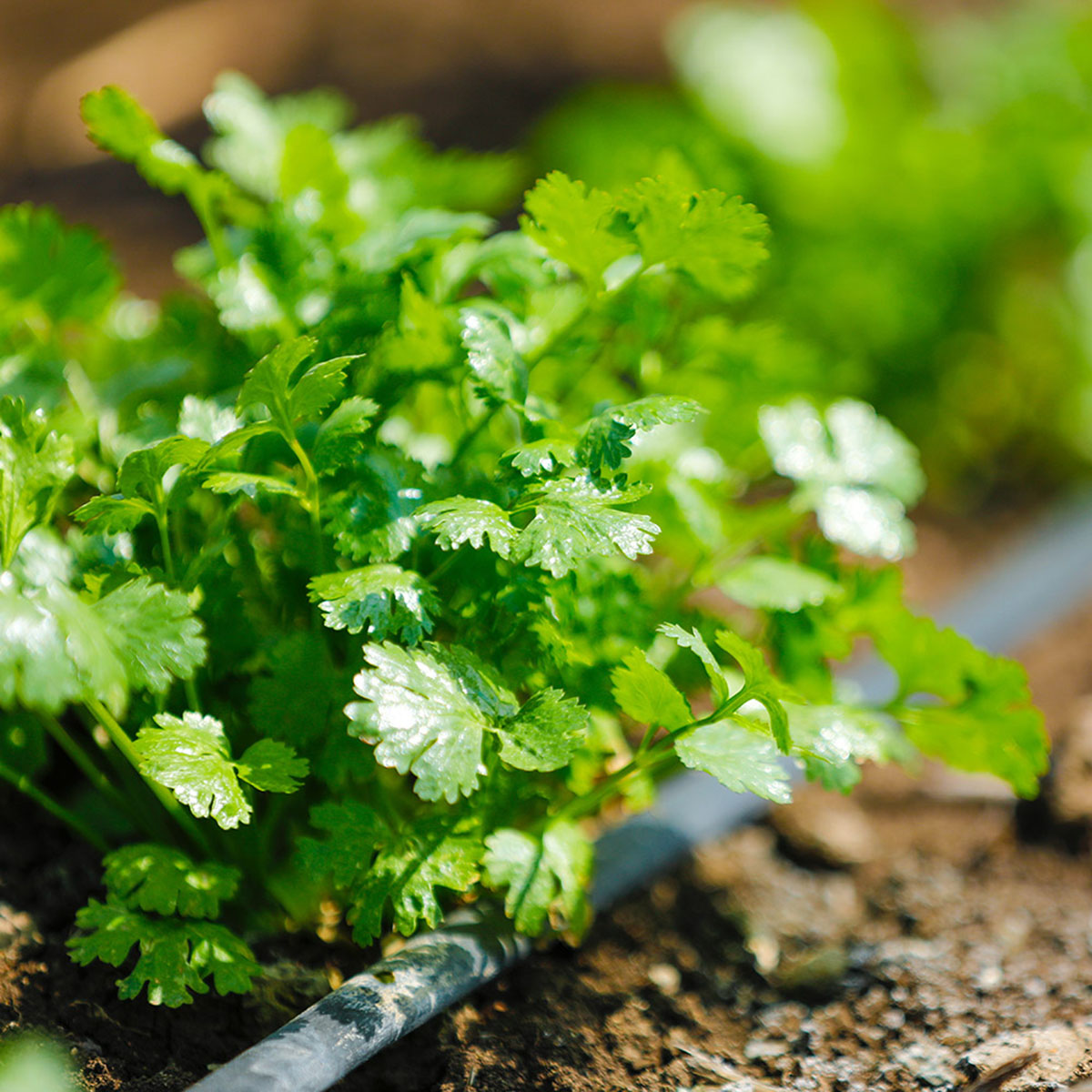


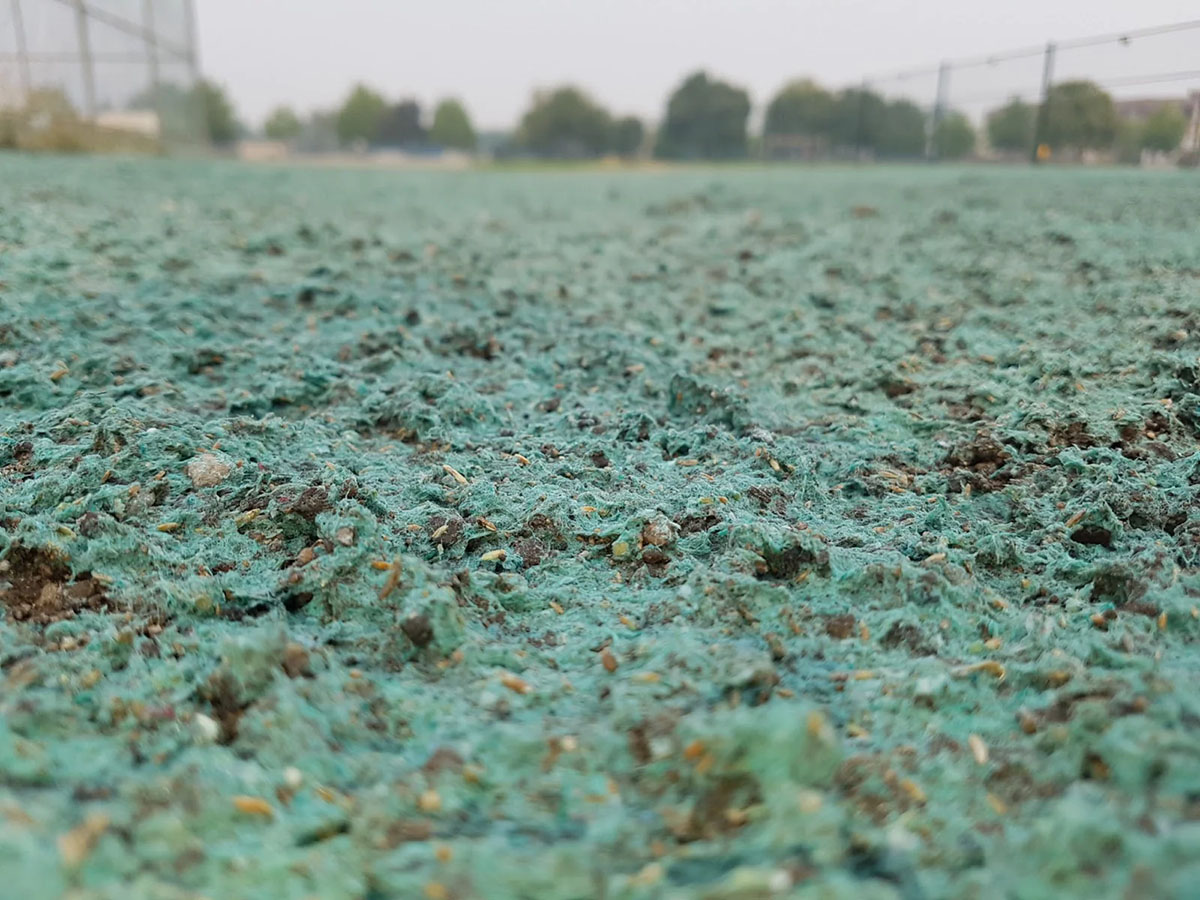


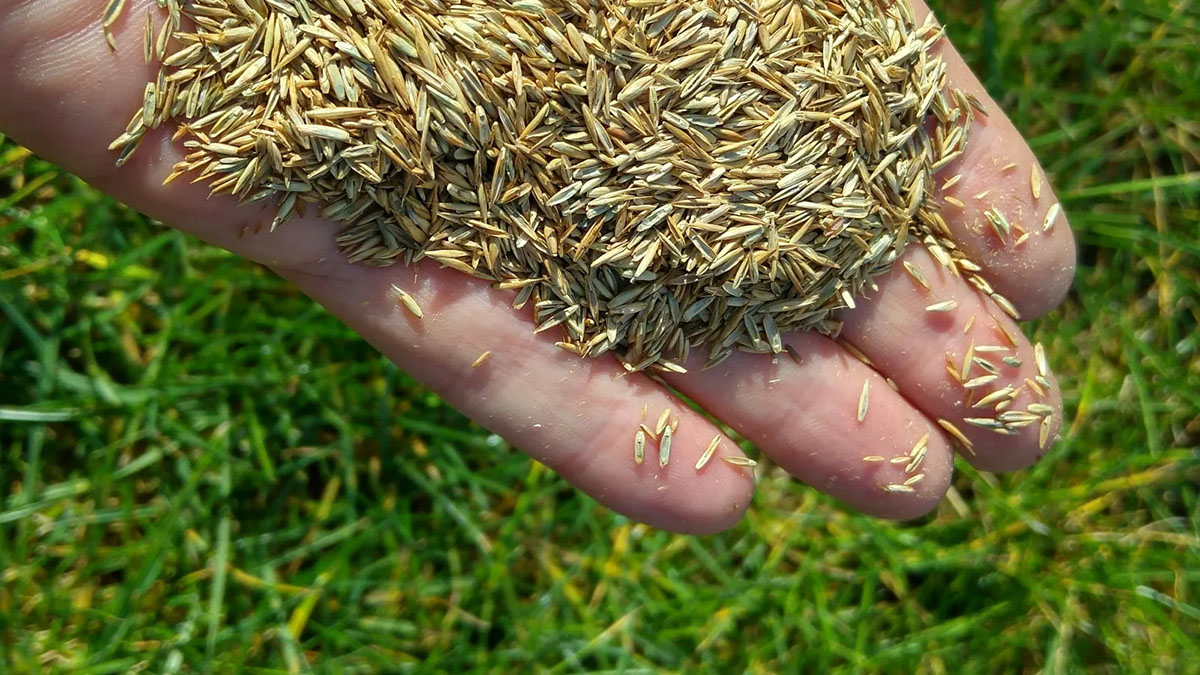
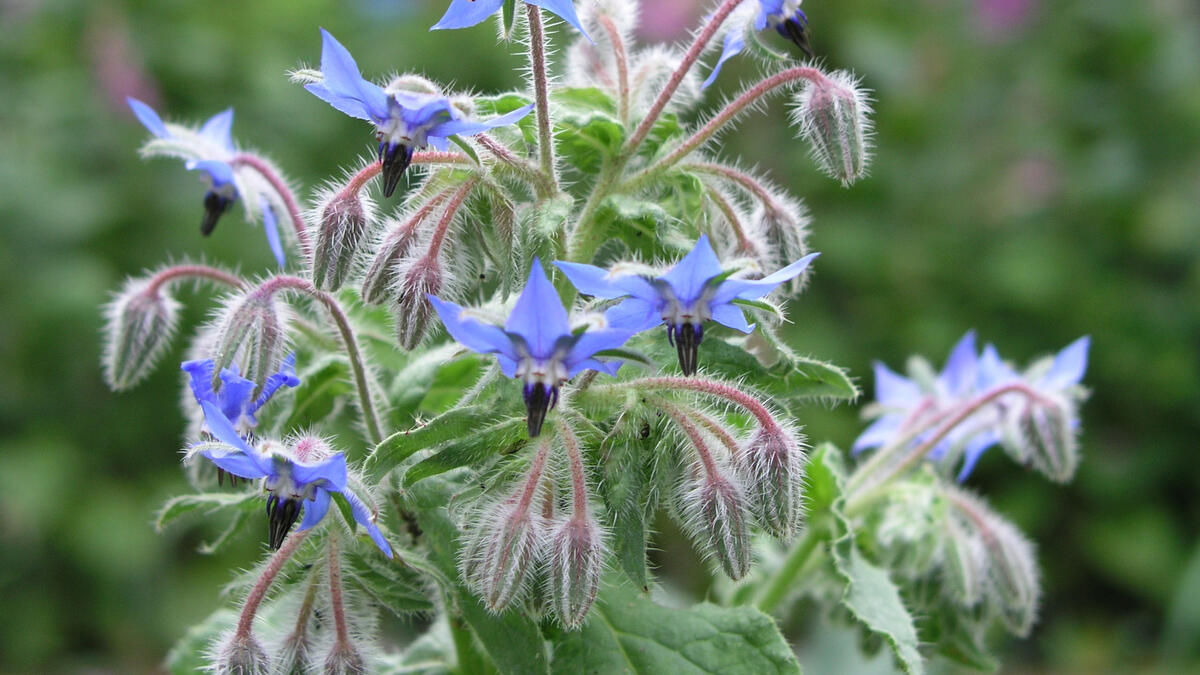

0 thoughts on “How Long For Fescue Grass Seed To Germinate”